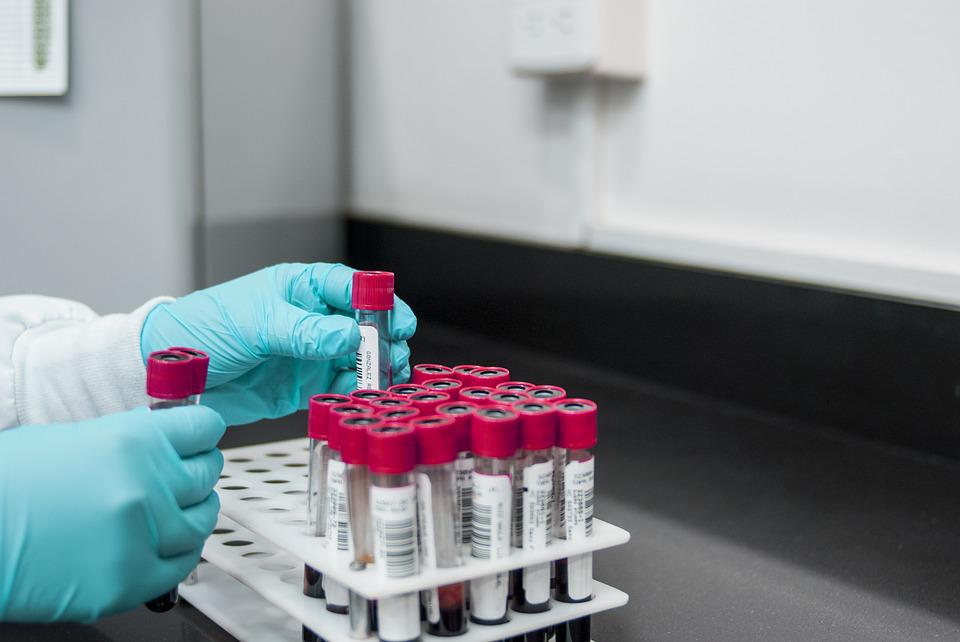
The web is evolving from centralised web 2.0 to decentralised web3, and new applications are being investigated in this third iteration. Web3 has various practical applications in healthcare. Web 2.0 is everywhere. The second generation was the first to use cutting-edge technology, including as telemedicine, electronic health records, and healthcare applications.
While this technology has many advantages for mankind, it may have a detrimental influence on a variety of things. Our data is in jeopardy due to the lack of transparency on the central systems. Anyone who has access to the data can modify or delete it. This is a big concern for both healthcare providers and hospital patients. This is not true of Web 3.
Web3 for Healthcare is revolutionising how patients manage their data and organise their medical records. Web3 Healthcare is always developing new services and solutions. This highlights the significance of Web3 in healthcare. Web3 for Healthcare offers various benefits, including the capacity to detect counterfeit pharmaceuticals, safeguard data, and perform metaverse treatments. Web3 is essential in the metaverse. There are several metaverse development companies that can improve healthcare. Let’s look at how Web3 may help healthcare.
What precisely is Web3?
Web3 is the third generation of the internet, giving users control and ownership over their data. Web3 is a distributed platform in which individuals control their data. This is in contrast to the current centralised web 2.0 ecosystem. Web3 is the answer to many of the present web’s problems (or read-write web).
These include centralization, censorship, and data leakage. Blockchain technology, which provides a trustless, peer-to-peer, and permissionless ecosystem, supports read-write HTML3. Web3 technology has the potential to be used to provide healthcare services. Let’s take a look at how Web3 can help you get healthcare.
It provides consumers with the following benefits:
- Ownership
- Opposition to Censorship
- Decentralized Autonomous Organizations (DAOs).
- Identification as a sovereign
- Payments to Native Americans
Web 2.0 and healthcare
Healthcare 2.0 refers to the healthcare technology that emerged in the mid-2000s with web 2.0. Health 2.0 has altered the old method of healthcare delivery into a more efficient method. It employed a number of technologies, including telemedicine, connected health, mHealth, and others, to offer patients with data insights and control.
By utilising the benefits of healthcare applications and platforms, patients may utilise web 2.0 to track their health information and discover how healthy they are. Food intake tracking applications, such as MyFitnessPal, hydration tracking apps, such as Waterlogged, fitness and workout sessions, meditation and yoga apps, such as Down Dog, mental health apps, such as Talkspace, and many more, may help you keep track of your physical and psychological well-being.
Health 2.0 is defined as “participatory health care distinguished by the ability to rapidly transmit, categorise, and summarise individual health information with the goal of improving health care systems, experiences, and outcomes through patient and stakeholder integration.”
Web 2.0 technologies for healthcare enable social networking, openness, participation, and cooperation inside and between user groups. It vastly expanded the traditional e-health model that emerged in the 1900s through health-related websites or portals, Electronic Health Records (EHR), virtual communities and online support groups, home care and chronic disease management systems, and telemedicine and teleconsultation applications. It also benefited rural residents in having access to healthcare.
Despite the fact that it revolutionised healthcare and rebuilt the system, it had flaws. It poses several security threats and data vulnerabilities. Healthcare organisations with inadequately protected websites, web servers, and databases are exposed to cyber-attacks. Hackers and cybercriminals are always on the lookout for misconfigured, unsecured, or inadequately protected databases to exploit and demand a ransom.
Healthcare facilities that handle electronic Protected Health Information (ePHI) should have proper technical security measures in place, including data encryption, because this might put your organisation at danger. Furthermore, outdated medical devices and equipment lacking the most latest threat defences, a lack of documented cybersecurity rules and practises, and a lack of cyber awareness can all result in data susceptibility.
Web 2.0 has revolutionised the healthcare system, but it has also raised the dangers connected with data vulnerability and other issues. As a result, the arrival of web3 is a major relief in the field of healthcare. After studying the foundations of web3, consider how web3 in health may benefit the industry.
Web3 in Healthcare
Web3 is a game changer for healthcare innovation. The following three web3 components have the potential to transform the healthcare industry:
Blockchain-Web3 application cases in healthcare are linked with blockchain technology to create a distributed encrypted database that allows for safe data storage and transfer.
Non-Fungible Tokens (NFTs): NFTs are one-of-a-kind tokens that cannot be replaced and are backed by blockchain to track the ownership of real or digital assets.
Web3 Blockchain, at its core, enables healthcare practitioners to securely store patient data utilising immutable digital blockchain technology. Because this data is distributed among nodes, it cannot be altered or tampered with.
A metaverse, on the other hand, might transform digital healthcare, such as telemedicine or teleconsultation, into a fun and immersive experience. Blockchain-based Web3 tokens, such as NFTs, provide users ownership rights. This allows the healthcare system to focus on the patient while simultaneously decentralising data and giving ownership to individuals. This signals a significant shift in healthcare.
Data ownership and management of patient data: Web3 for Healthcare is widely used to manage data in large healthcare institutions. Every patient that attends a hospital has a unique set of symptoms, limitations, illnesses, and therapies. Each patient must have their own medical record. This can be difficult for hospital administrators because hundreds of thousands of people may visit the institution every day.
Healthcare providers may use smart contracts to save medical records for their patients on the blockchain. Access to the data is restricted to the generated public key or unique ID. Any doctor who needs data access must have the ID or public key. The public key is required to access the data. Any healthcare professional that requires the data does not have access to it. The key holder, on the other hand, has the option of sharing the key with the professional at any time. Patients now have access to their data. This gives them privacy and protects their vital information.
Healthcare data management is vulnerable to security threats and easily hacked nowadays. Patients believe it will be safe and secure. Counterfeiting is becoming a major problem in the healthcare business due to a lack of openness in the pharmaceutical supply chain. Illicit drug manufacturers change and forge the original substance. As a result, drugs with lower concentrations of active ingredients or compounds not listed on the label are created.
If patients consume it, it can be hazardous to their health and may worsen their illness. While pharmaceutical manufacturers have attempted to prevent counterfeit drugs, unauthorised producers have discovered different ways to sell their goods while seeming to be genuine.
Current medical technology breakthroughs include augmented reality, virtual reality, and robotics, particularly at top hospitals and institutes. It allows doctors to see the whole body of the patient in 3D, which assists in surgical planning and execution. However, AR and VR cannot be used to make therapeutic decisions. The metaverse can suit medical practitioners’ needs for successful surgical operations.
Medical education: At the moment, medical education is limited to videos and 2D images. Students are the only ones who can watch and learn from these films. Many medical schools enable students to work with dead bodies. This comes with its own set of ethical concerns and regulations. This is an area where metaverse technology has made a significant impact. Several medical institutions are actively using AR, VR, and MR technologies to teach anatomy to students.
Monetization and patient medical records: People can seek care from a number of medical institutions under the current system. Each hospital maintains its own medical record. If a patient seeks care at 10 different hospitals, each one will have ten medical records files. As a result, the healthcare system may fracture, with no one master record of the patient’s health information. Sensitive patient records may be spread in an unorganised fashion across many platforms.
Conclusion
A Web3 development company has the potential to revolutionise the healthcare industry. It has the ability to unify the system and return data to users who, from the outset, should have been data owners. The data is now in the hands of healthcare behemoths who control it completely.
They may sell the data to third parties without their knowledge in order to profit significantly. Suffescom Solutions, a web3 development firm, will help you bring your web application concept for your healthcare institution to life. If you have any queries concerning healthcare infrastructure, please contact us.








